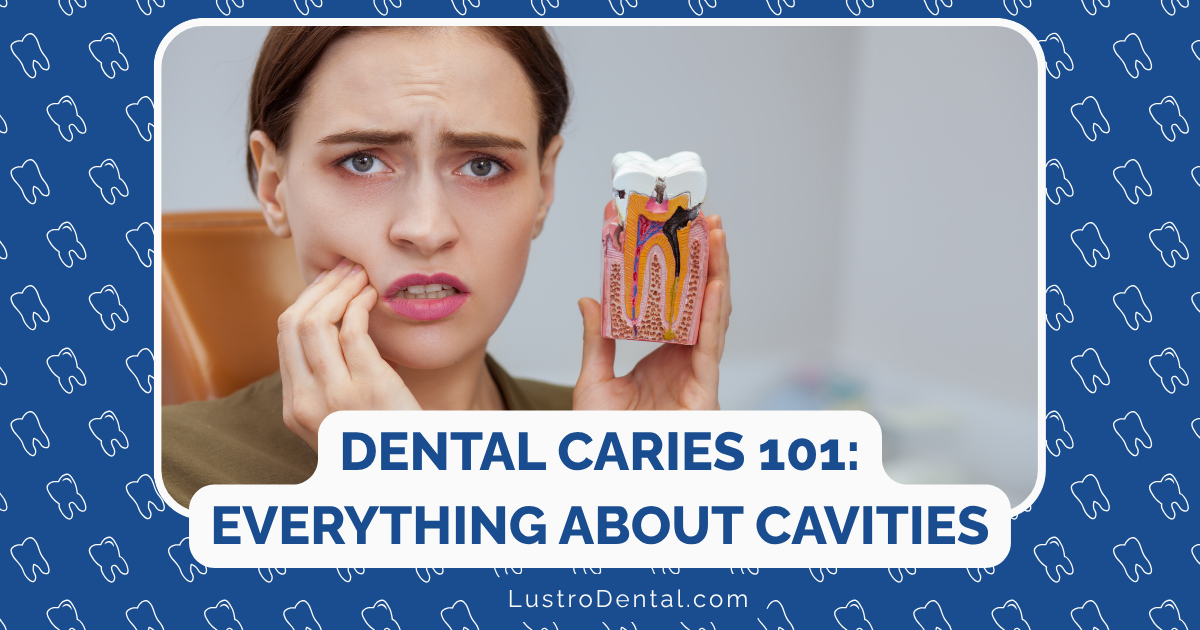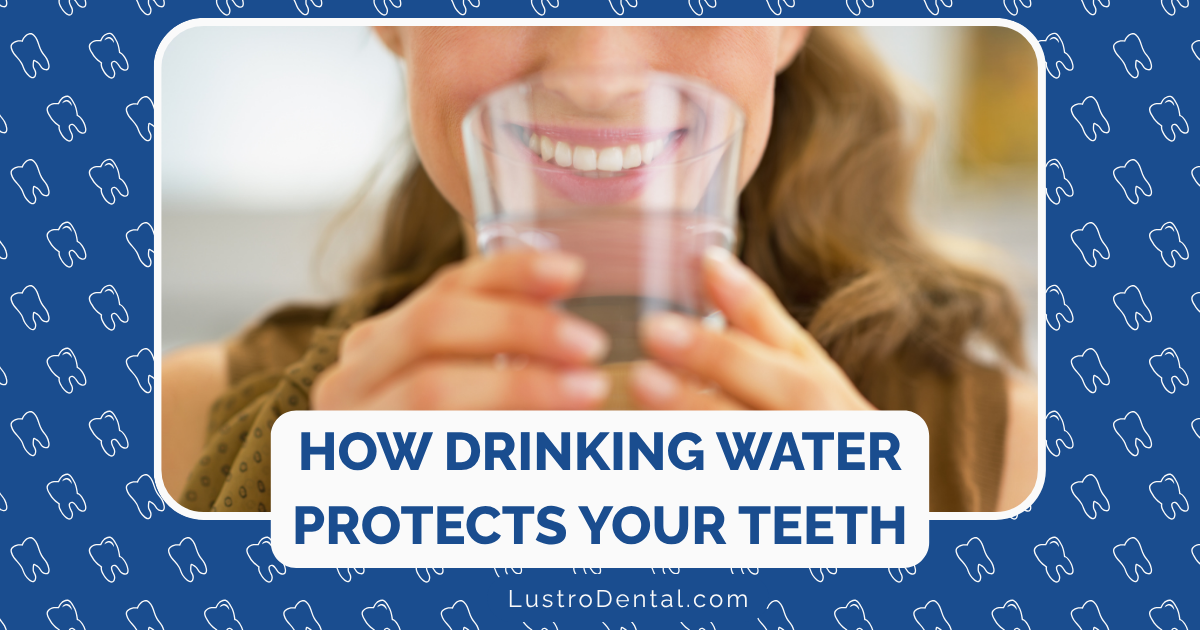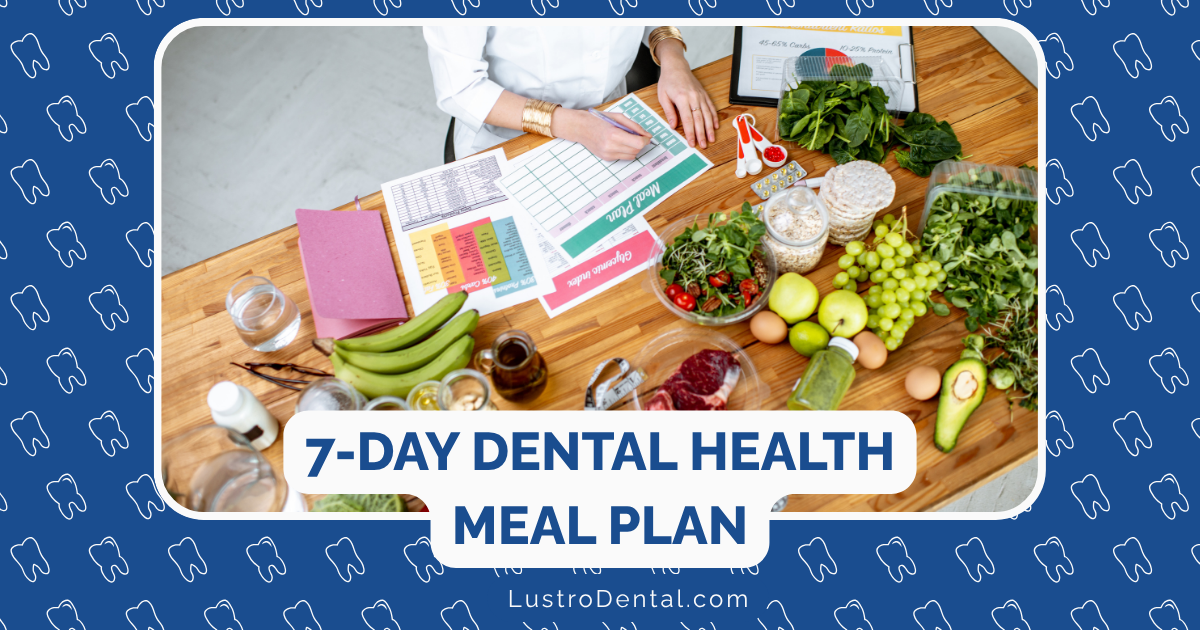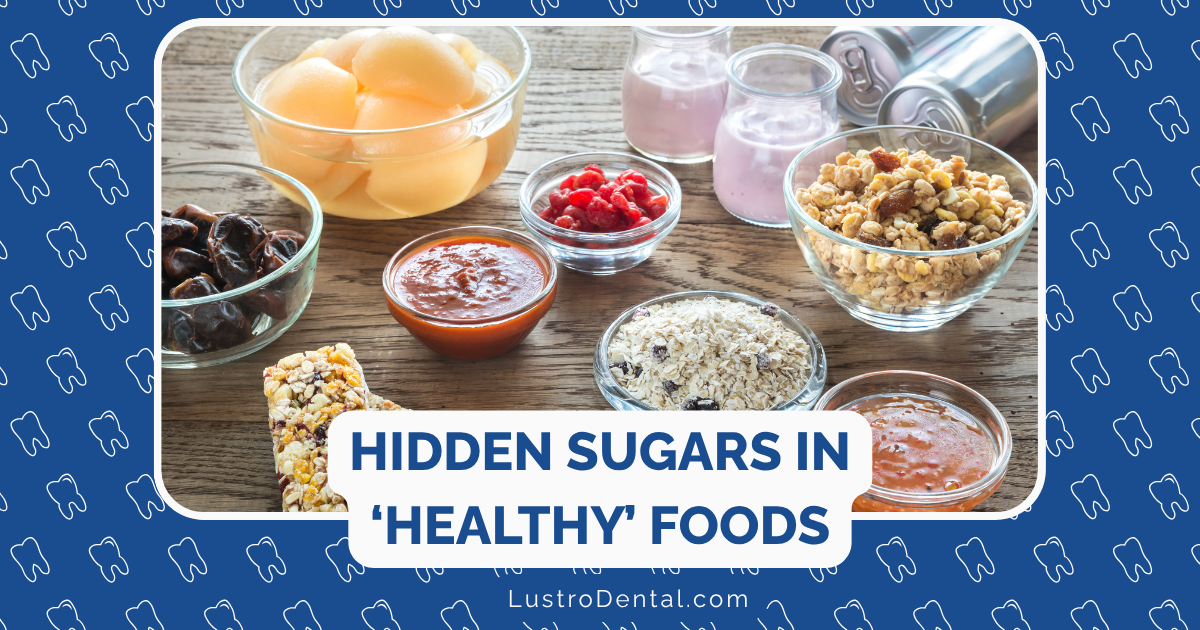The Dental Superfood List: 15 Foods That Actively Protect Your Teeth
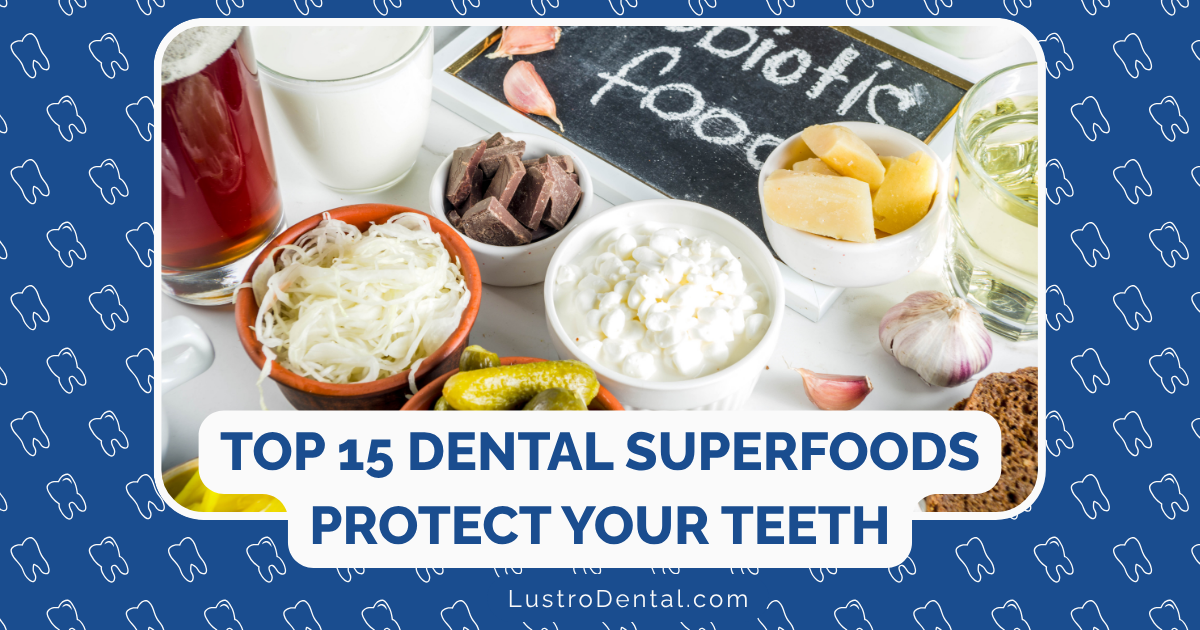
We often talk about foods that damage our teeth—the sugary snacks, acidic drinks, and sticky candies that lead to decay and cavities. But what about the foods that actively work to protect and strengthen our teeth? These dental superfoods deserve just as much attention, if not more, for the remarkable ways they support our oral health.
As someone who’s passionate about preventive dental care, I’ve seen firsthand how dietary choices can transform oral health. The right foods don’t just avoid causing damage—they actively defend your teeth against decay, rebuild enamel, fight harmful bacteria, and support healthy gums.
Let’s explore 15 powerful dental superfoods that are doing much more for your smile than you might realize. The best part? Most of these are everyday items you probably already enjoy, now with the added satisfaction of knowing they’re working overtime for your dental health.
The Science Behind Dental Superfoods
Before diving into our list, it helps to understand how foods can actively protect your teeth. According to the American Dental Association, the relationship between nutrition and oral health works in several ways:
- Remineralization – Certain minerals help rebuild tooth enamel that’s constantly under attack from acids
- Saliva stimulation – Foods that increase saliva production help neutralize acids and wash away food particles
- pH balancing – Some foods neutralize acids in the mouth, protecting enamel from erosion
- Antibacterial action – Certain compounds inhibit the growth of harmful oral bacteria
- Anti-inflammatory effects – Some foods reduce gum inflammation and support periodontal health
With these mechanisms in mind, let’s explore the superfoods that are actively working to protect your teeth.
1. Cheese: The Cavity Fighter
That cheese board isn’t just delicious—it’s actively defending your teeth against decay. Research published in the General Dentistry Journal found that eating cheese raises the pH level in your mouth, creating an unfavorable environment for cavity-causing bacteria.
How it works: Cheese stimulates saliva production, which washes away food particles and buffers acids. It’s also rich in calcium and phosphates that help remineralize tooth enamel. The casein protein in cheese forms a protective film on tooth surfaces, shielding them from acid attack.
Practical tip: Enjoy a small piece of aged cheddar, Swiss, or Monterey Jack after meals when you can’t brush. These harder cheeses are particularly effective at stimulating saliva and have less lactose than softer varieties.
2. Leafy Greens: Nature’s Dental Multivitamin
Kale, spinach, and other leafy greens are true dental superfoods. Their high calcium content supports tooth structure, while their vitamin A maintains the protein keratin in tooth enamel.
How it works: The abundance of vitamin C in leafy greens supports gum health by strengthening blood vessels and reducing inflammation. Their high fiber content also requires significant chewing, stimulating saliva flow that washes away food particles and neutralizes acids.
Practical tip: Add a handful of spinach to your smoothie, use lettuce wraps instead of bread, or sauté kale as a side dish. Even if you’re not a fan of their taste, there are countless ways to incorporate these nutritional powerhouses into your diet.
3. Fatty Fish: The Enamel Builder
Salmon, mackerel, and other fatty fish are exceptional for dental health, primarily due to their vitamin D content. According to research from the University of Washington, vitamin D is crucial for calcium absorption and utilization in building and maintaining strong teeth.
How it works: The vitamin D in fatty fish helps your body absorb and use calcium more efficiently. Additionally, the omega-3 fatty acids in these fish have anti-inflammatory properties that may reduce the risk of gum disease.
Practical tip: Aim for two servings of fatty fish per week. If you’re not a seafood fan, consider other vitamin D sources like egg yolks or vitamin D-fortified foods.
4. Crunchy Fruits and Vegetables: Nature’s Toothbrushes
Apples, celery, and carrots act as natural toothbrushes, mechanically cleaning your teeth while you eat them.
How it works: Their high fiber content and crunchy texture stimulate gums and increase saliva production. Celery is particularly beneficial as it breaks down into fibrous strands that can clean between teeth, similar to natural floss. Apples contain malic acid, which helps increase saliva production and wash away food particles.
Practical tip: Keep sliced apples, celery sticks, or baby carrots on hand for snacking. Eating these crunchy foods at the end of a meal can help clean your teeth when brushing isn’t an option.
5. Yogurt: The Probiotic Powerhouse
Unsweetened yogurt delivers a triple benefit for your teeth: calcium, protein, and beneficial bacteria.
How it works: A 2018 study in BMC Oral Health found that probiotic bacteria in yogurt may help suppress the growth of harmful bacteria that cause cavities and gum disease. The calcium and phosphates in yogurt also support remineralization of tooth enamel.
Practical tip: Choose plain, unsweetened yogurt and add fresh fruit for sweetness. Greek yogurt is particularly beneficial due to its higher protein content. Consume regularly to maintain a healthy balance of oral bacteria.
6. Green and Black Tea: The Plaque Suppressor
Both green and black teas contain polyphenols that suppress harmful bacteria and prevent them from producing acid that attacks teeth.
How it works: The catechins in tea, especially green tea, have antimicrobial properties that target the bacteria responsible for tooth decay and gum disease. Tea also contains fluoride, which strengthens tooth enamel against acid attacks.
Practical tip: Enjoy tea without added sugar for maximum benefits. Allow tea to steep for at least 3-5 minutes to release more of the beneficial compounds. Just be mindful that both green and black tea can stain teeth, so rinse with water afterward.
7. Nuts: The Mineral-Rich Munchers
Almonds, walnuts, and cashews are packed with tooth-strengthening minerals and require significant chewing, which benefits oral health.
How it works: Nuts are rich in calcium and phosphorus, which support remineralization of tooth enamel. Their crunchy texture stimulates saliva production, while their low carbohydrate content means they don’t contribute to decay. Walnuts specifically contain omega-3 fatty acids that may reduce inflammation in gum tissue.
Practical tip: Keep a small container of mixed nuts for snacking. Almonds are particularly beneficial for dental health due to their high calcium content. Just be careful with extremely hard nuts if you have dental work or weak teeth.
8. Shiitake Mushrooms: The Bacteria Blocker
These flavorful fungi contain a unique compound called lentinan that acts as a natural antibacterial agent in the mouth.
How it works: According to research from the University of Illinois College of Dentistry, lentinan prevents the formation of plaque by inhibiting bacteria from adhering to teeth. This helps prevent both cavities and gum disease.
Practical tip: Add shiitake mushrooms to stir-fries, soups, or pasta dishes. They can be purchased fresh or dried (rehydrate before using) and add a savory umami flavor to meals.
9. Garlic: The Ancient Antimicrobial
While it might not do your breath any favors in the short term, garlic is a powerful ally for long-term oral health.
How it works: Garlic contains allicin, a compound with strong antimicrobial properties that targets the bacteria responsible for tooth decay and gum disease. A study in the Journal of Medicinal Food found that garlic extract was effective against various strains of cavity-causing bacteria.
Practical tip: Include fresh garlic in your cooking regularly. For maximum benefit, crush or chop garlic and let it sit for about 10 minutes before cooking to activate its beneficial compounds.
10. Onions: The Surprising Bacteria Fighter
Like their cousin garlic, onions contain powerful antibacterial sulfur compounds that target the main bacteria responsible for cavities and gum disease.
How it works: Research from Penn Dental Medicine shows that the sulfur compounds in onions have antibacterial properties specifically effective against Streptococcus mutans and Porphyromonas gingivalis, primary culprits in tooth decay and periodontal disease.
Practical tip: Raw onions have the strongest antibacterial properties, so add them to salads and sandwiches when possible. If the strong flavor is too much, try red onions which tend to be milder.
11. Kiwi: The Vitamin C Champion
This small fruit packs a massive vitamin C punch—even more than oranges—without the high acidity that can harm tooth enamel.
How it works: Vitamin C is essential for collagen production, which forms the basic structure of gum tissue. Without adequate vitamin C, gums become tender and more susceptible to disease. A study in the Journal of Periodontology found that people with low vitamin C intake were more likely to develop gum disease.
Practical tip: Enjoy kiwi as a snack or dessert. Unlike citrus fruits, kiwi has a lower acid content while still providing exceptional vitamin C benefits for gum health.
12. Dark Chocolate: The Sweet Surprise
Yes, you read that correctly—certain types of chocolate can actually be good for your teeth! The key is choosing dark chocolate with high cocoa content and minimal sugar.
How it works: Cocoa beans contain compounds called CBH (cocoa bean husk) that have antibacterial properties and may help harden tooth enamel. Research from Tohoku University in Japan found that these compounds may be more effective at fighting tooth decay than fluoride in some applications.
Practical tip: Choose dark chocolate with at least 70% cocoa content and minimal sugar. Enjoy in moderation as part of a balanced diet. The higher the cocoa percentage, the greater the potential dental benefits.
13. Water: The Ultimate Oral Health Beverage
While not technically a food, water deserves a prominent place on any dental superfood list for its crucial role in oral health.
How it works: Water helps wash away food particles and bacteria, dilutes acids produced by oral bacteria, and prevents dry mouth—a major risk factor for tooth decay. Fluoridated water provides additional protection by strengthening tooth enamel.
Practical tip: Make water your primary beverage throughout the day. Rinse with water after meals when you can’t brush, and choose fluoridated tap water when available for additional protection against cavities.
14. Sweet Potatoes: The Vitamin A Powerhouse
These vibrant root vegetables are rich in vitamin A, which is essential for maintaining healthy tooth enamel and gum tissue.
How it works: Vitamin A helps form keratin, a key protein in tooth enamel. It also supports saliva production, which is crucial for neutralizing acids and washing away food particles. The fibrous texture of sweet potatoes also stimulates gums during chewing.
Practical tip: Enjoy sweet potatoes baked, roasted, or mashed as a side dish. Their natural sweetness makes them a satisfying alternative to less healthy starches.
15. Sesame Seeds: The Tiny Enamel Polishers
These small seeds pack a powerful punch for dental health, offering both mechanical cleaning and nutritional benefits.
How it works: The slightly abrasive texture of sesame seeds can help remove plaque from teeth surfaces as you chew. They’re also high in calcium, which supports tooth remineralization. Additionally, sesame oil has been used in the ancient practice of oil pulling, which some research suggests may reduce plaque and gingivitis.
Practical tip: Sprinkle sesame seeds on salads, vegetables, or stir-fries. They can also be incorporated into homemade bread or energy bars for an added dental health boost.
Creating a Dental-Friendly Diet
The most effective approach to dental nutrition isn’t just adding these superfoods—it’s creating an overall eating pattern that supports oral health. Here are some guidelines:
- Embrace nutrient density: Choose foods rich in vitamins and minerals that support dental health.
- Limit snacking frequency: Constant eating keeps your mouth acidic, which promotes decay.
- Consider food sequencing: End meals with dental-friendly foods like cheese or crunchy vegetables.
- Stay hydrated: Water supports saliva production and helps neutralize acids.
- Be mindful of timing: If you do consume acidic foods or drinks, wait at least 30 minutes before brushing to avoid damaging softened enamel.
Beyond Superfoods: The Complete Approach
While these dental superfoods can significantly contribute to your oral health, they work best as part of a comprehensive approach that includes:
- Regular brushing with fluoride toothpaste
- Daily flossing
- Routine dental check-ups and cleanings
- Avoiding tobacco products
- Limiting alcohol consumption
The Bottom Line
The foods we eat don’t just fuel our bodies—they actively shape our oral health day by day. By incorporating these 15 dental superfoods into your regular diet, you’re providing your teeth and gums with the nutrients they need to stay strong and resilient against decay and disease.
Remember, small dietary changes can make a big difference over time. You don’t need to overhaul your entire diet at once—try incorporating one or two of these superfoods each week until they become regular parts of your meals and snacks.
Your teeth do so much for you every day—chewing, speaking, smiling. Nourishing them with the right foods is one of the best ways to show them some love in return.
What’s your favorite food from this dental superfood list? Have you noticed improvements in your oral health after changing your diet? Share your experiences in the comments below!
This article is for informational purposes only and does not constitute medical advice. Always consult with qualified healthcare providers for diagnosis and treatment.



